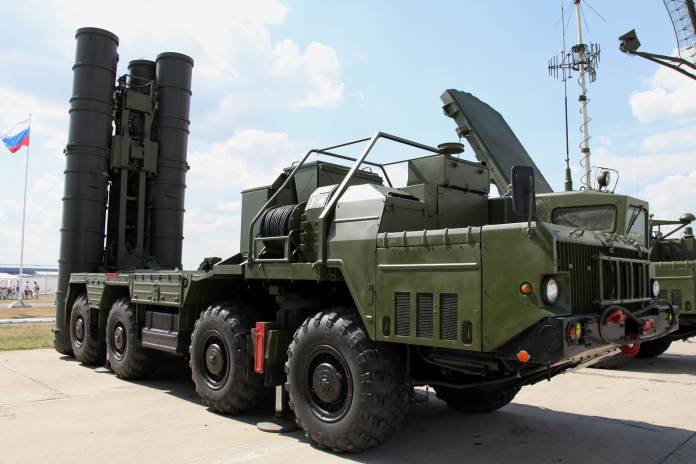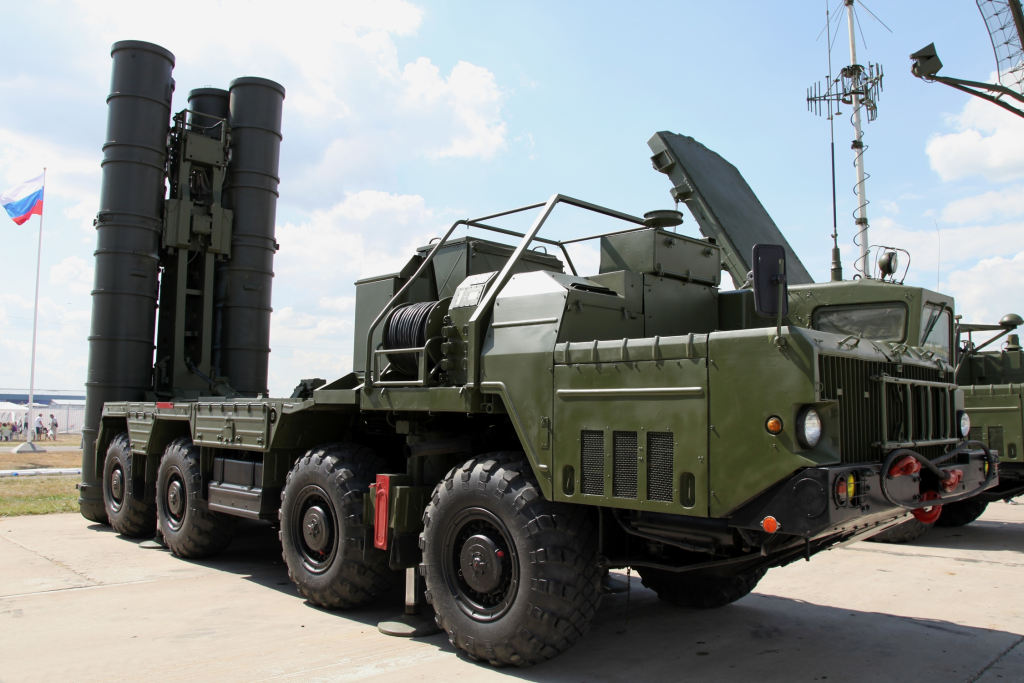
The last week in Crimea has highlighted a truth Moscow has all along tried to hide: even the most sophisticated air defense systems of Moscow can be blinded, taken out, and made vulnerable to follow-up attacks. Ukrainian forces, combining precision drone warfare, electronic attack, and pinpoint sabotage, have methodically degraded critical radar nodes and destroyed high-value aircraft, putting Russia on the defensive to a point where it is increasingly relying on ad hoc solutions.
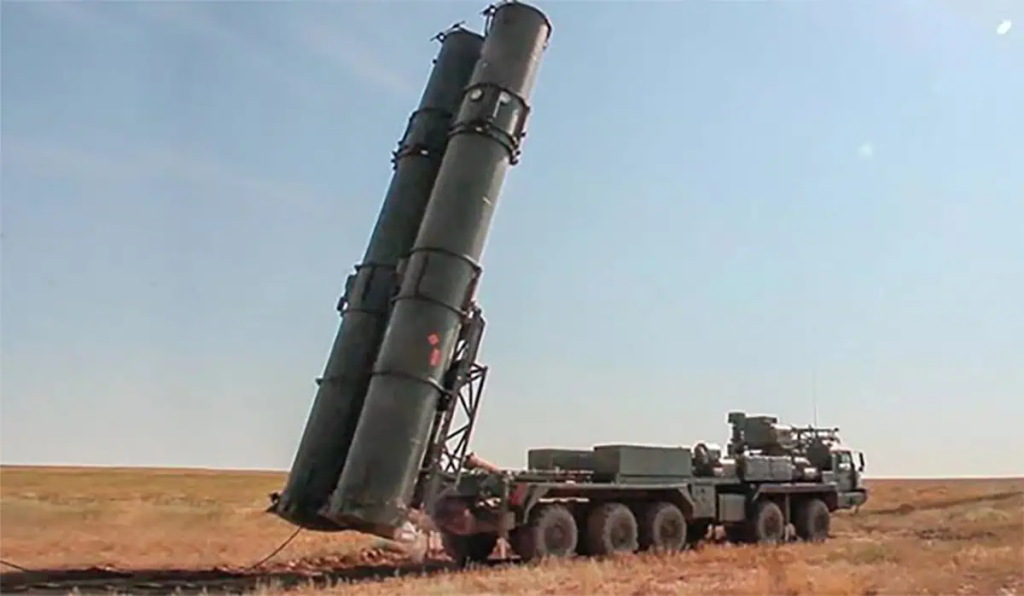
1. Hitting the S-500 Eyes
One of the most impactful hits was the destruction of Russia’s S-500 Prometey system’s main sensor, the 96L6E “Yenisei” radar. The active electronically scanned array of Yenisei, in theory, can detect aerodynamic and ballistic targets at ranges of 600 kilometers and altitudes of 100 kilometers and provide targeting information to both S-400 and S-500 batteries. Its loss, as verified by Ukrainian special forces unit Prymary, robs Russia of an important early warning asset in Crimea. As one Western intelligence official said, “This attack is likely to force Moscow to divert resources to repair or replace the radar,” a process neither swift nor easy under disputed circumstances.
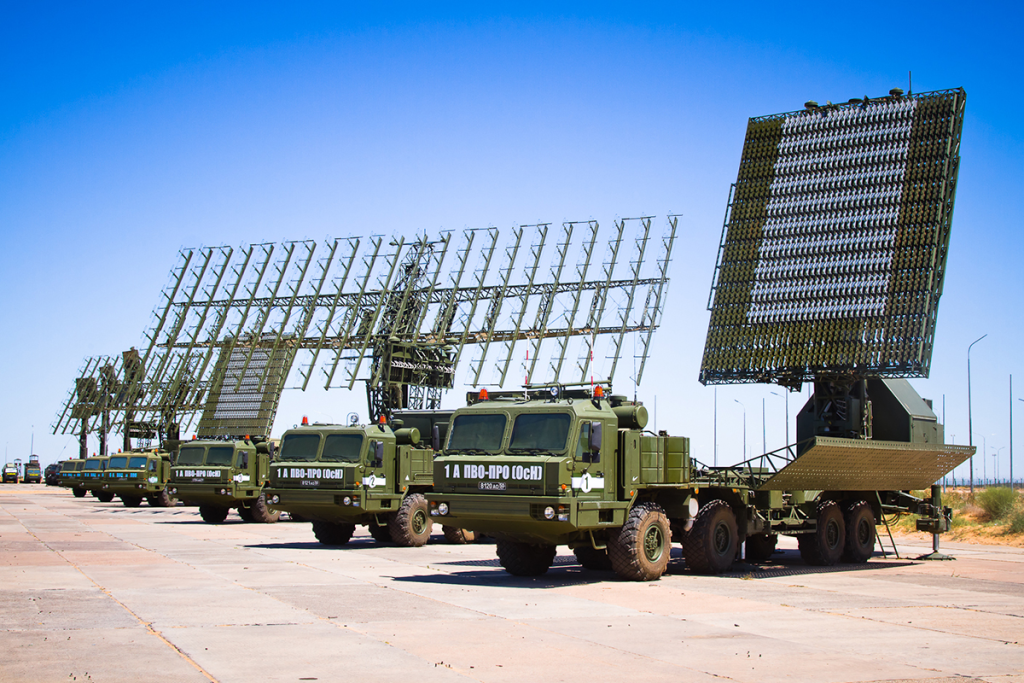
2. The Nebo-SVU and Podlyot K-1 Losses
The Yenisei strike was one of a wider campaign that also knocked out the Nebo-SVU and Podlyot K-1 radars. The Nebo-SVU, which costs around $100 million, is coveted for its electronic countermeasures resistance and ability to detect small targets at 100 kilometers. The Podlyot K-1, a mobile tri-coordinate station with an alleged 200-kilometer detection radius, is designed for low-flying threats. Collectively, these systems created overlapping coverage areas; their destruction opens up holes in Russia’s tiered defense that can be exploited.
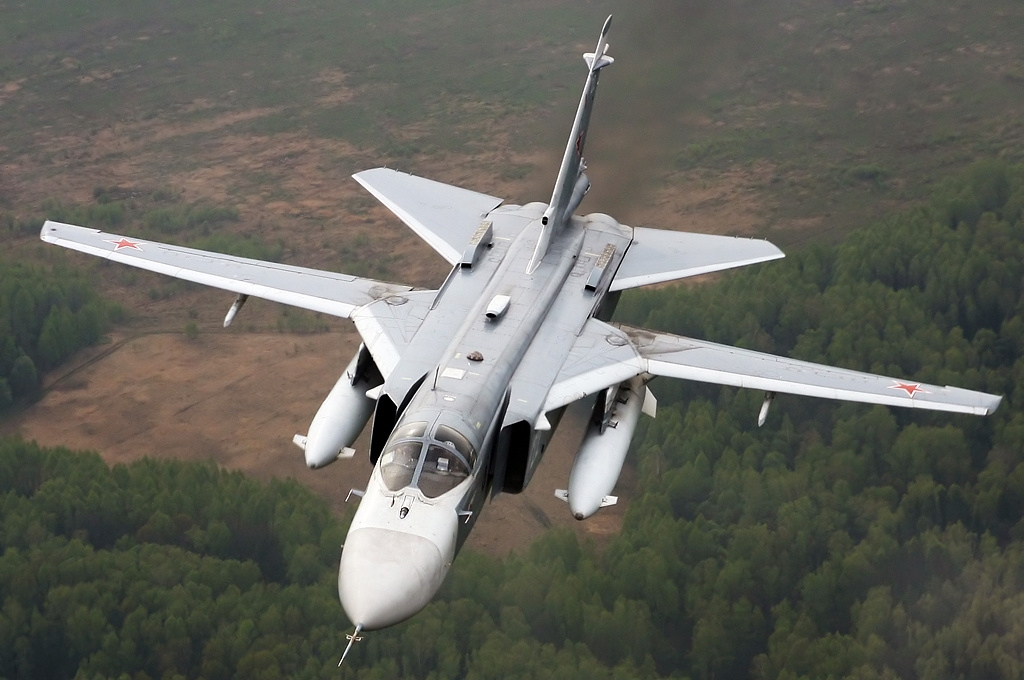
3. The Saky Airfield Offensive
On August 4, Ukrainian security forces conducted a pinpoint strike at Saky airbase, destroying a single Su-30SM multirole fighter, damaging another, and severely damaging three Su-24 reconnaissance planes. The Su-24s were monitoring Ukrainian Magura and Sea Baby naval drones, with the Su-30SMs offering cover. With a unit cost of $35–50 million, the loss of the Su-30SM is not only monetary it eliminates Russia’s capacity to patrol the Black Sea and intercept maritime drone threats.
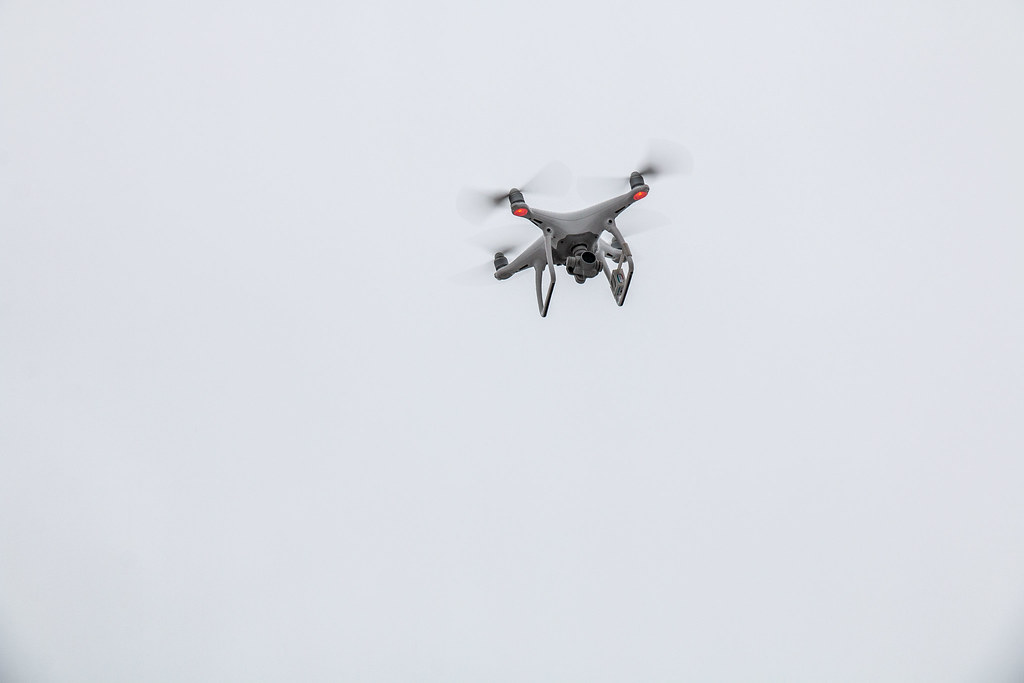
4. The Maritime and Aerial Drone Role
Ukraine’s Magura and Sea Baby drones have been thorns in the sides of Russian naval activities. Flying low profiles and sometimes semi-autonomous, these platforms take advantage of blind zones in radar coverage. The Su-24 recce sorties specifically allocated to shadow them point to their disruptive nature. Their employment in multi-domain operations synched with aerial drone attacks against radar and aircraft also shows Ukraine’s increasing expertise at synchronizing unmanned platforms.
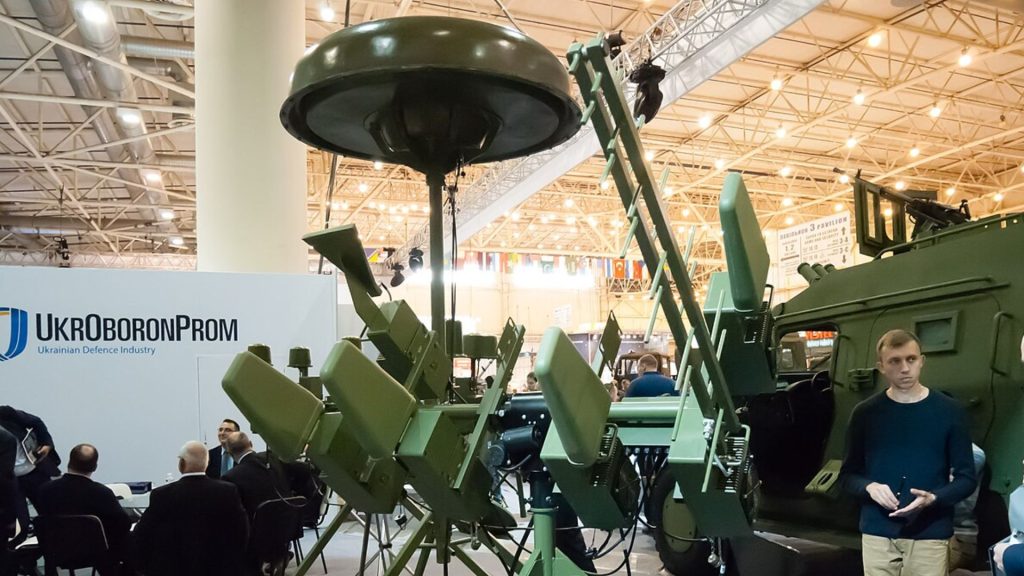
5. Electronic Warfare as a Force Multiplier
They are made possible by a more advanced Ukrainian electronic warfare (EW) capability. Learning from the initial-war jamming efforts of Russia, Ukraine has deployed systems such as Kvertus’s “Atlas” network 8,500 interlinked detection and jamming nodes able to selectively jam enemy drones while maintaining friendly operations. By cutting control links or impairing radar performance, EW assets create the windows of vulnerability targeted by precision strikes.
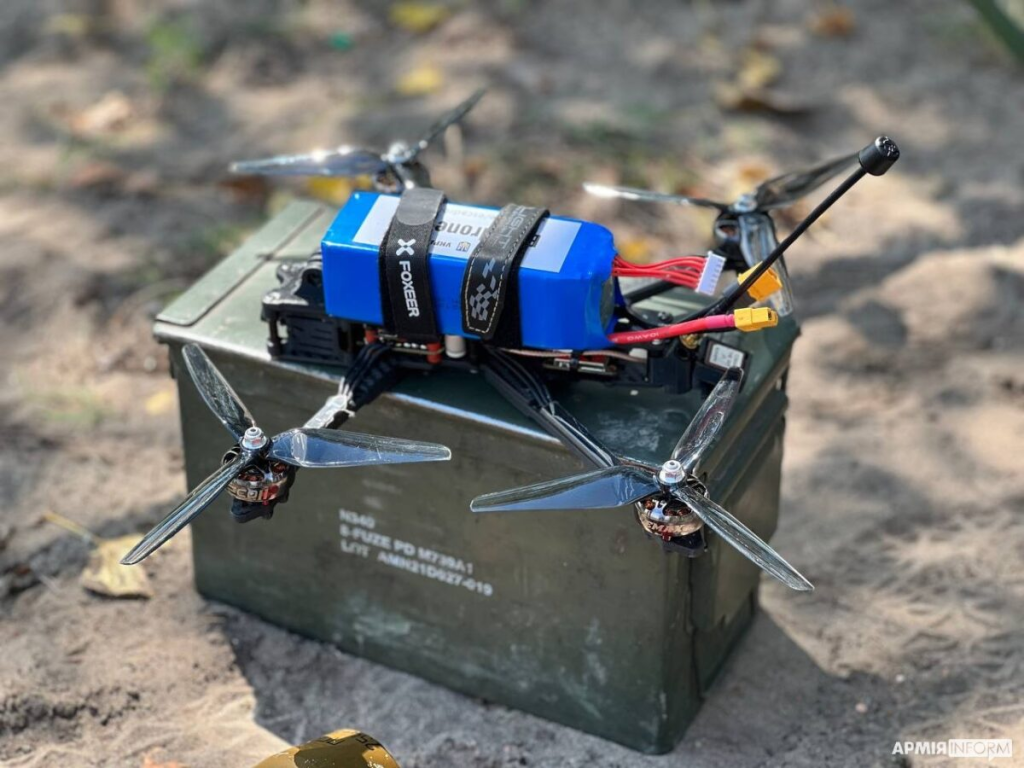
6. Russian Countermeasures and Their Limits
Russia has responded by moving to increase production of hardened shelters, such as dome-roofed buildings with blast doors at airfields like Hvardiiske. Some are earth-covered to absorb shrapnel. However, as British defense intelligence has pointed out, the vulnerability of such shelters to low-flying FPV drones or sea-skimming naval drones is still in doubt. Improvised countermeasures painting decoy planes or covering bombers with tires betray ingenuity as well as desperation. AI africanlady.
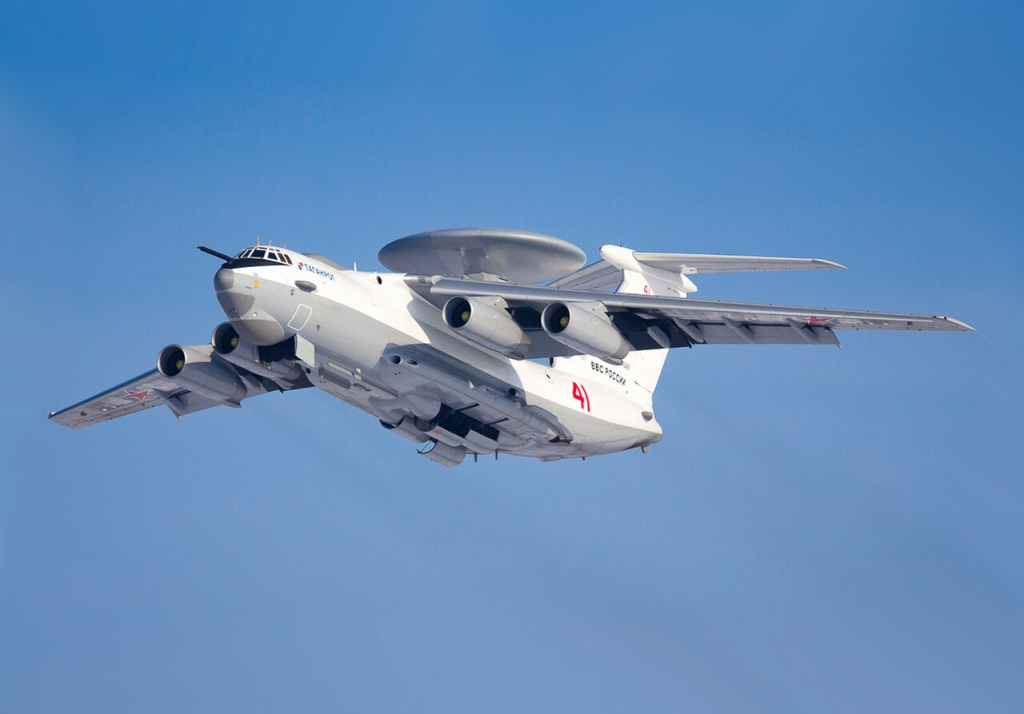
7. The Burden on Russia’s Radar Network
The Crimean radar losses add to prior defeats, such as the loss or damage of at least four Beriev A-50U airborne early warning aircraft. With likely only three still available, and one moved to Vorkuta in the Arctic, Russia’s long-range detection umbrella is being thinned. Each lost radar or AWACS platform requires redeployment patterns to be recalculated, usually bringing assets back from disputed areas and creating more blind spots.
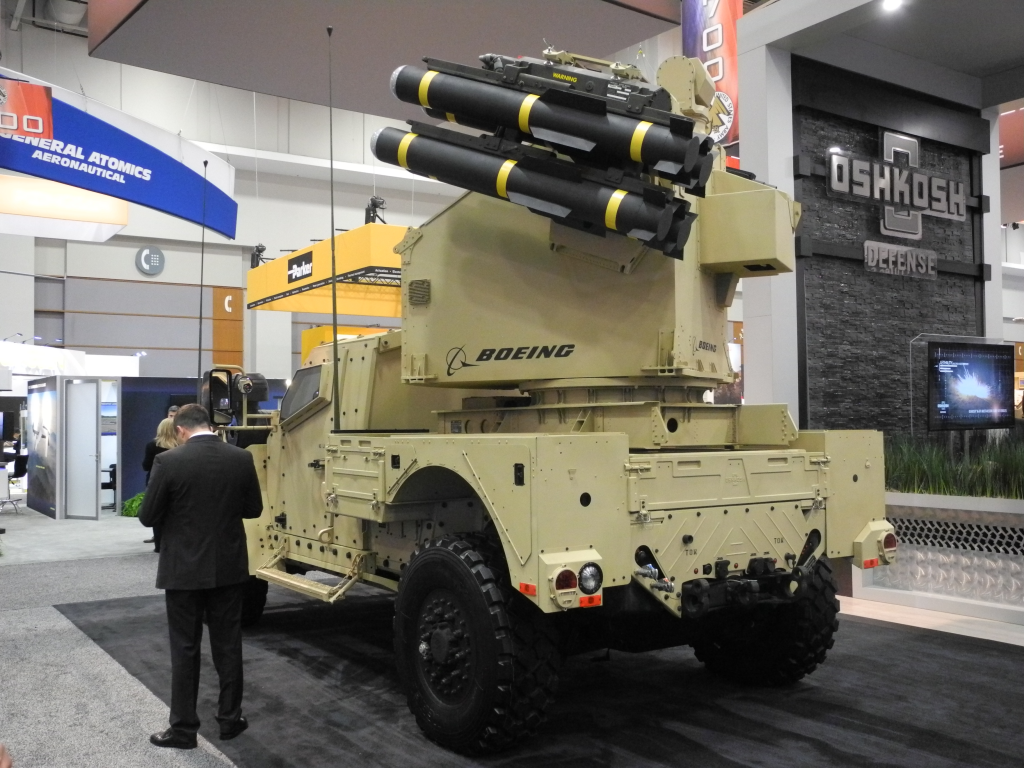
8. Modern Air Defense Vulnerability Lessons
The S-500’s vaunted capacity to shoot down hypersonic missiles and low-orbit satellites is meaningless if its radar “eyes” get taken out. The August attacks demonstrate a basic principle: advanced missile batteries only work as well as their most vulnerable sensor. By attacking these nodes, Ukraine sidesteps the necessity to fight the interceptors head-on, weakening the system’s kill chain at its origin.

9. Implications for NATO and Global Defense Planning
For NATO planners, the Crimean strikes constitute a live-fire case study in Suppression and Destruction of Enemy Air Defenses (SEAD/DEAD) against 21st-century standards. They prove the capability of low-cost drones, coordinated EW, and precision targeting in knocking out cutting-edge air defense networks. They also highlight the imperative for robust, redundant radar coverage and the defense of high-value sensors against kinetic and electronic attack.
Ukraine’s systematic demolition of Crimea’s air defense network is remaking the tactical space across the peninsula. With each radar destroyed and fighter grounded, the balance is tipped incrementally, opening up opportunities for deeper strikes and naval operations once too perilous. In a war where dominance in the skies is fought meter by meter, the power to blind the adversary could be as crucial as the power to shoot them down.
